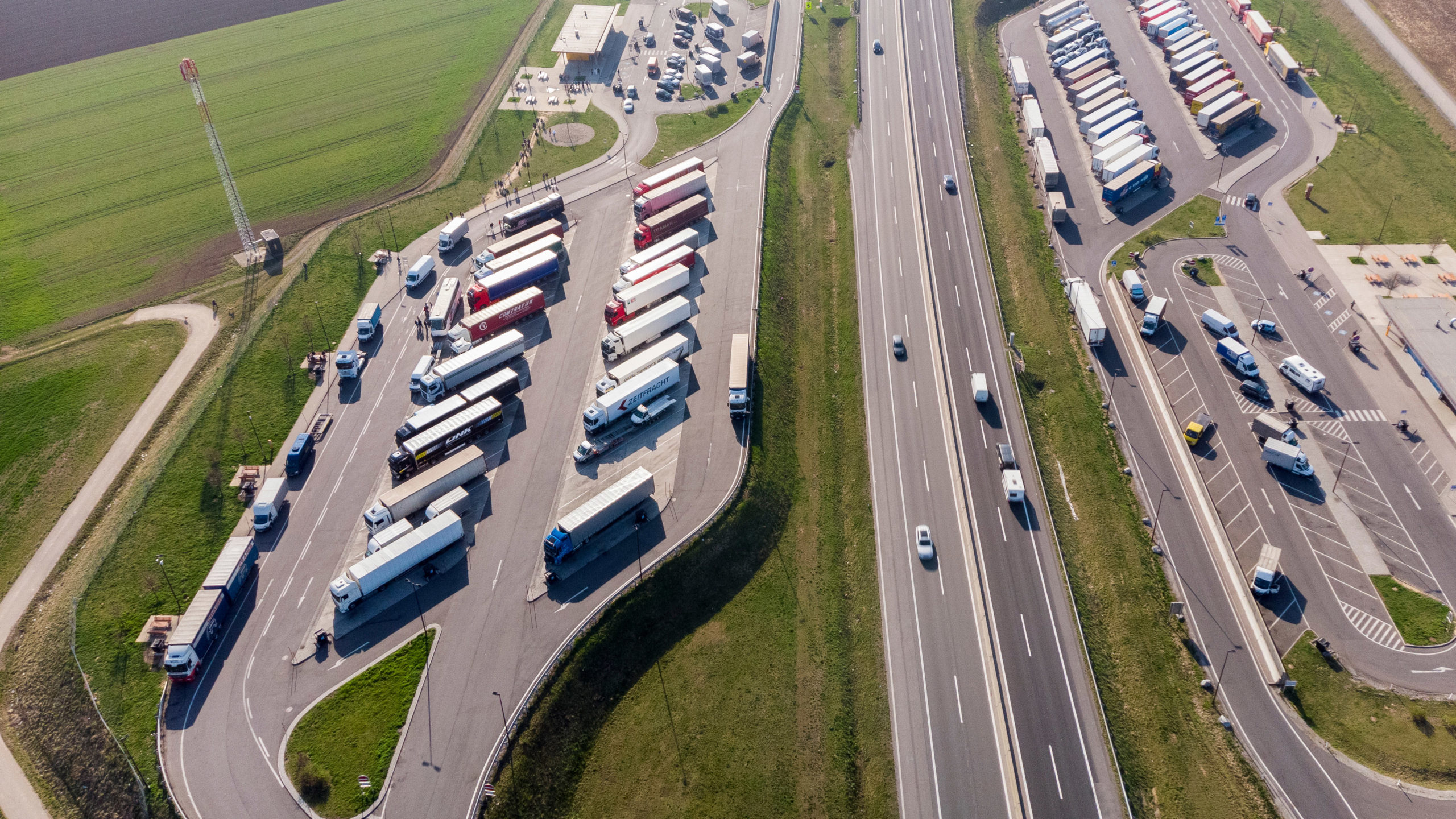When we think about autonomous vehicles and automated trucking companies, we often ask big-picture questions about self-driving as a whole: how do self-driving trucks work? Will autonomous vehicles reduce traffic congestion? Will self driving vehicles improve safety? As we start to answer these kinds of questions, we indirectly start conversations about infrastructure: physical, digital, and human.
Before autonomous trucks can truly roll out, we need to build solid, sustainable models for daily operations and maintenance. From shipping hubs to trained truck technicians, there’s a host of people to hire, construction projects to complete, and digital groundwork to lay down. It isn’t simply turning autonomous trucks out onto the highways.
Human Hires: Autonomous Trucking and Jobs
One of the first questions people usually ask about self-driving technology is about the human cost. Will self–driving trucks replace drivers? The answer is no, and there’s a wonderful “and” to that answer: self-driving trucks will make existing jobs better – and they’ll create more of them.
Just like standard 18-wheelers today, self-driving big rigs will require daily maintenance and inspections. As it stands now, self-driving trucks can’t load themselves. Therefore, shipping crews will still be needed to move things on-and-off the truck. In the same vein, an autonomous 18-wheeler will be able to tell you that its load is unbalanced, but it’ll need some human help to even itself out.
That doesn’t even begin to touch the extra pieces that all trucks require: regular oil changes, topping up fluids, battery load tests, fifth wheel platform servicing, et cetera. Just like our own cars, trucks require human-led responsibilities like refilling tire air pressure, replacing cabin air filters, and more.
In our autonomous future, jobs also await those with truck driving skills. At Torc, our trucks carry out the grueling long-haul, cross-country driving, allowing truck drivers to avoid the most dangerous parts of their jobs. Instead, truck drivers drive vehicles from shipping hubs to their unloading sites and back again. This not only allows truckers to stay safe, but it allows them to come home every night.
Along the same lines of people-power, self-driving semi-trucks will also require software updates and thus, software engineers. At Torc, our software engineers are currently creating the code that will give trucks the ability to autonomously drive across the country. Although we currently have a host of research developers, the autonomous world will likely also require software engineers for day-to-day updates and general maintenance.
Physical Infrastructure: Shipping Hubs
At Torc, our haul freight trucks will move from hub-to-hub. To do this, we’ll need an important piece of physical infrastructure: shipping hubs, or transfer terminals.
Self-driving Class 8 trucks will require people to staff the shipping hubs that act as the centers of the whole autonomous operation. We believe the most viable form of long-haul, self-driving freight trucking exists via shipping hubs: places where self-driving trucks can pull in for final transport to stores, where maintenance can be performed, and autonomous vehicles can be stored when not in-use. We’ll explore those shipping hubs more later, but they’ll likely be staffed by a host of support staff who ensure that supply chains continue to flow amidst day-to-day operations.
Digital Infrastructure: Software Stacks
When we think about digital infrastructure for self-driving vehicles, we start with software.
Autonomous trucking will also include remote teams who can respond to issues that a truck might not be able to handle on its own. For instance, let’s say a self-driving truck is heading down a long-haul highway route and gets a flat tire midway through the journey. In this scenario, the truck would likely pull over to the side of the road and contact a remote operator to help remedy the situation. From there, said remote operator would assess the situation, ensure that the truck is in a safe location, and address any obstacles in the truck’s long-haul journey.
The other digital piece of infrastructure is the need for maps. Between weather, construction, and changing traffic patterns, the maps that autonomous trucks roll out with will likely need regular updating. At Torc, we develop in-depth maps of all roads our trucks will drive on in advance. Long before a self-driving truck ever makes its journey down the highways, our mapping engineers take to the streets to gather as much data about the road as possible.
Once these maps are developed, autonomous trucks are able to navigate using both real-time and historical knowledge of the road. Via the trucks’ Global Navigation Satellite Systems, cameras, lidar systems, and more, trucks are able to get “the big picture” of the road as well as the necessary details. Whether it’s driving lines or just drivable surfaces, mapping is one of the most important parts of the digital infrastructure stack.
For news and information about Torc, our autonomous trucking company, and the infrastructure required to launch them, follow us on social media.

